Has the Wagon Market Ushered in a Spring?
![]() 03/31 2025
03/31 2025
![]() 578
578
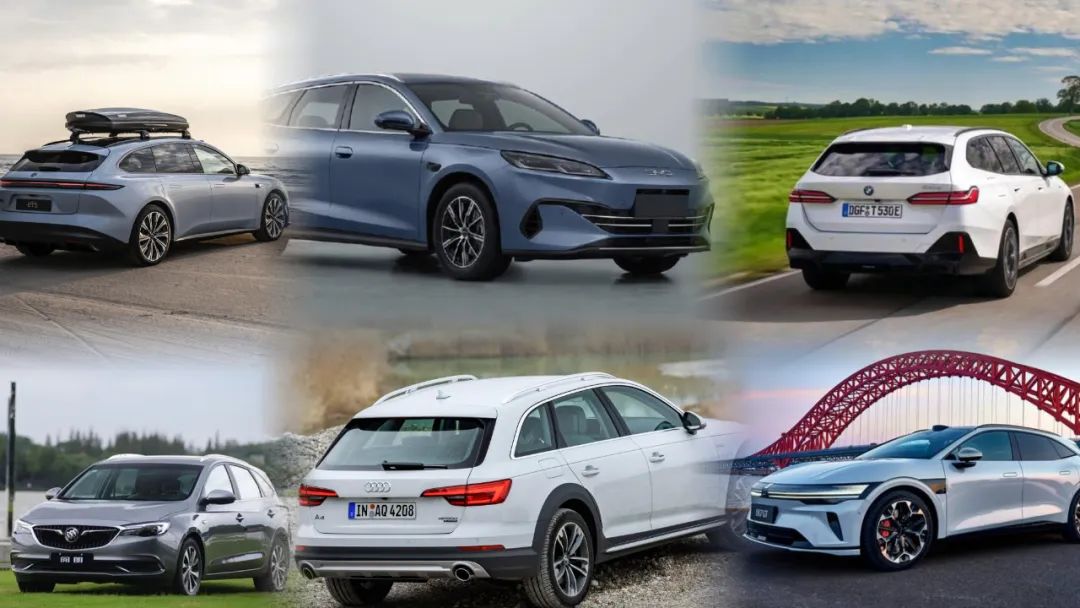
Introduction
New fields require emerging forces. It is hoped that BYD can thoroughly revitalize the budding wagon market.
The Chinese automotive market is quite magical. Over the past two decades, it has witnessed the rise and fall of enterprises, the alternation of old and new forces, and the emergence of various models tailored to changing consumption trends. In my memory, automakers have ventured into products such as compact MPVs, coupe SUVs, two-door coupes, and wagons.
However, after several years of market sedimentation, and with the economic environment no longer booming, the market is moving towards pragmatism. This means that products advocating individuality will gradually lose their living space.
Models such as coupe SUVs have long become casualties of this demand change. Instead, a large number of home SUVs that emphasize large space and low vehicle usage costs have begun to become favorites among consumers.
As we enter 2025, a year when everyone is pursuing extreme cost-effectiveness and even considering zero-cost vehicle usage, although products such as Zeekr MIX, Qiyuan E07, and Nezha GT still frequently appear in the market, it must be acknowledged that this situation is showing an increasing trend.
Due to this, as personality products are stuck at the level of being acclaimed but not selling well, one may ask, do Chinese consumers still need products that can showcase their individuality? At this current stage, this question need not be elaborated. But interestingly, despite automakers being well aware of what Chinese consumers holding onto their money are thinking, if you really think that the Chinese automotive market has lost the diversified elements that a major automotive consumer country should have, it seems that is not the case.
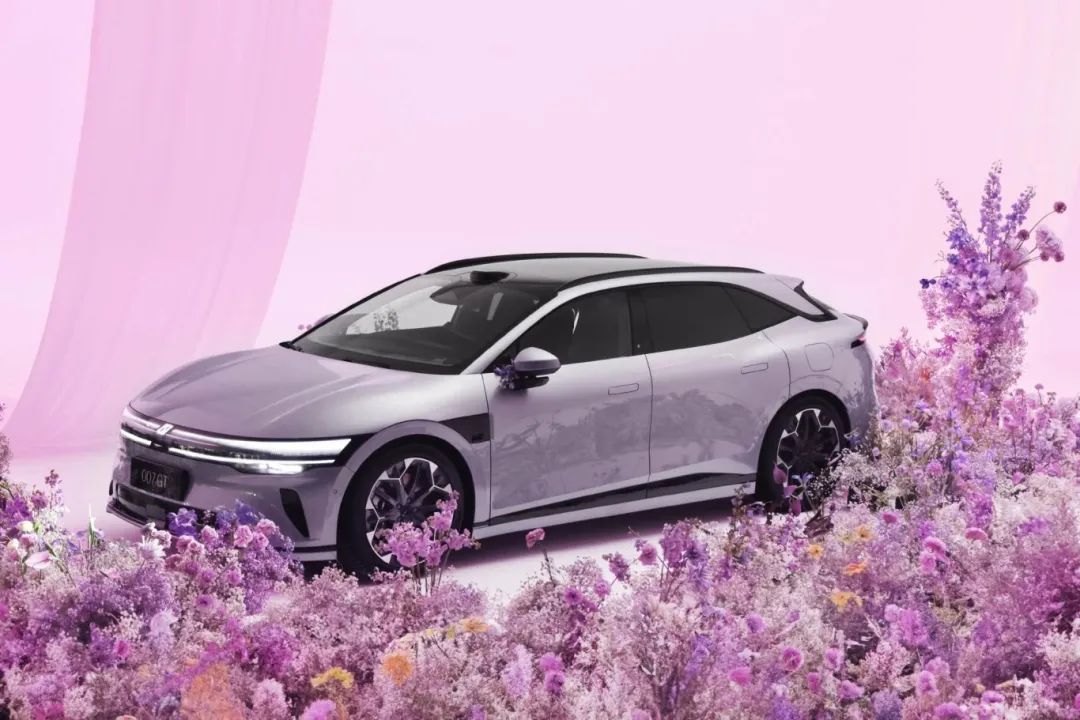
Nowadays, with special products such as the Zeekr 007GT appearing before us, one can't help but ask, given the current consumption environment, can the car culture behind wagons really take this opportunity to regain vitality in China? Perhaps the Zeekr 001 and NIO ET5T are just lucky ones that happen to gain attention. But from the perspective of the long-term development of the industry, the emergence of niche products must be treated differently.
Especially as the BYD Seal 06DM-i wagon gradually appears in its complete form, it is hard to say whether a new atmosphere in the segmented market will arise from this.
01 Neglected Wagons?
When talking about wagons, the market has always believed that this type of model, which is only popular in Europe, has never been suitable for the Chinese automotive market. In the perception of most people, SUVs are sufficient in terms of vehicle space and convenience, and ordinary sedans are sufficient in terms of popularity. Wagons, a product without any mass base, are not needed by Chinese consumers at all.
Of course, until today, we have never denied that the reason why wagons are difficult to gain a foothold in China is essentially due to the vivid history that sends such a signal to automakers: making wagons is a thankless task. After all, counting the automotive market process over the past 30 years, it is not true that automakers have never tried to produce works in this segmented market.
Years ago, in order to meet the public demand of some enterprises and institutions, the Peugeot 505SW, Volkswagen Santana wagon, and Haima HMC6470 all entered the market through domestic production. Regardless of whether their purpose was truly to be used as production materials, a rational view is that wagons with excellent loading capacity can meet the needs of some users.
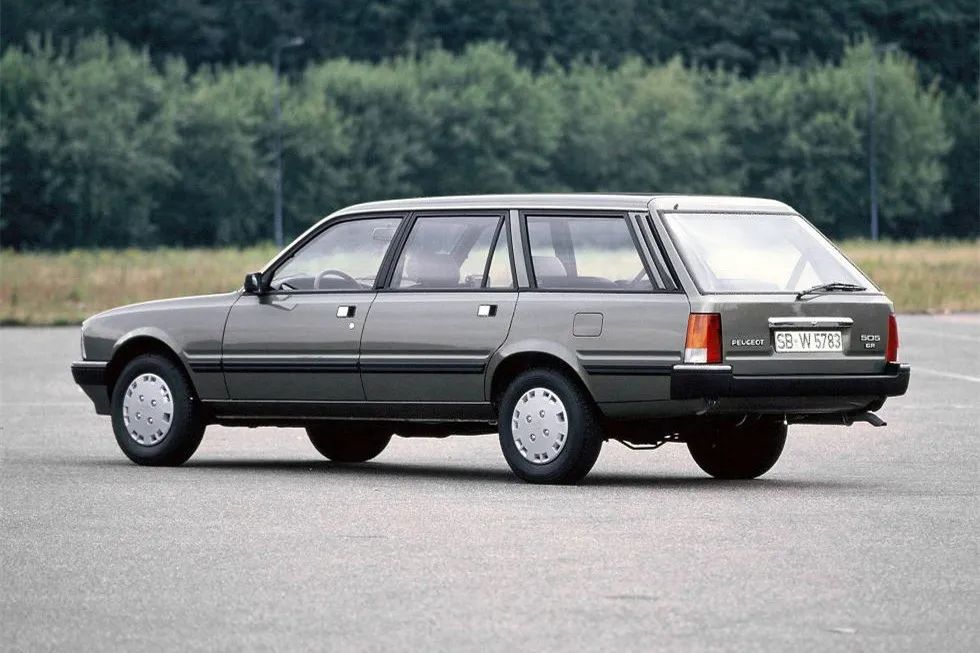
After that, apart from the Mazda 6 Wagon, fashionable entry-level wagons such as the domestically produced Buick/Chevrolet Sail SRV, Fiat Weekend, Geely Haoqing SRV, and Buick Excelle wagon also emerged to meet the vehicle usage scenarios of many family users.
However, given the gradual formation of the Chinese automotive market with the launch of urban SUVs as the development direction, the petty-looking wagons at that time soon had no living space. And the problem of sales repulsion that always arises with their own sedan product lines has greatly reduced automakers' enthusiasm for research and development.
Especially after the launch of the Brilliance Junjie in 2008, which combined design, product advantages, and brand power, but quickly fell silent, the wagon market became a vacuum zone that no one dared to touch.
Not only that, as major foreign automakers continue to label imported status, European lineage, lifestyle, and other tags as premiums when exporting wagons to China, and add them to a few similar models such as the Peugeot 307SW/407SW/308SW, Volkswagen Magotan/Golf wagon, BMW 3 Series/5 Series wagon, etc., this lofty pricing strategy has further distanced wagons from the people.
Under the prevalence of new consumerism, automakers are keen to make wagons a touchpoint for harvesting users. In order to satisfy the limited emotional value, the vast Chinese automotive market can still find some willing users to pay for it. But generally speaking, the objective factors that emerged at this stage caused wagons to die during the golden age of SUVs. Even products like the Volkswagen Lavida wagon and Skoda Octavia wagon, which are priced at just over 100,000 yuan, were unable to change this reality.
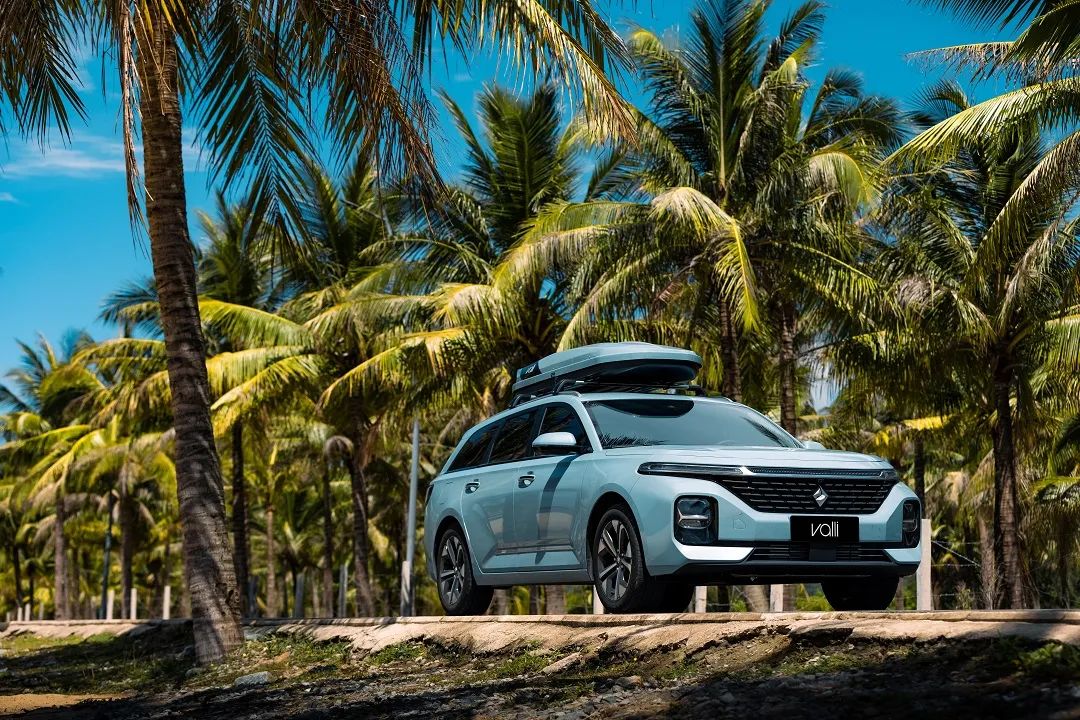
In 2021, Wuling, with a strong mass base, still defiantly launched the New Baojun Valli, claiming that the new car fully taps into the space potential of the interior and roof, aiming to redefine the standards for Chinese leisure vehicles.
But obviously, the cruelty of reality still sentenced wagons to death. No matter how many KOC/KOLs Baojun found to support the Valli, this product with the potential to become a national wagon ended its life cycle early.
When things have developed to this point, there is actually no reason to support the appearance of the wagon product in any automaker's product line. Even if possible, it would only be in the Chinese market, which advocates large vehicles, to modify wagons into crossovers like the Subaru Outback.
Until 'Chinese cars' relied on the industrial new energy transformation to embark on a path of comprehensive advancement, slowly, some people began to feel that against the backdrop of accelerating changes in the automotive market, even the freshest things can have a living space. Since wagons can sell well in Europe, as long as Chinese users have more imagination for cars, launching wagons into the market may be a timely thing.
02 New Formats Give Hope to Wagons
At the beginning of 2021, the concept car named ZERO under Lynk & Co attracted market attention. At that time, this car was regarded by the industry as a product that marked Lynk & Co's opening of a new chapter in pure electric vehicles, but more importantly, this new species with a design similar to a wagon had a very atypical aesthetic. This unique design almost laid a good foundation for user reputation for the mass-produced version of this car - the Zeekr 001.
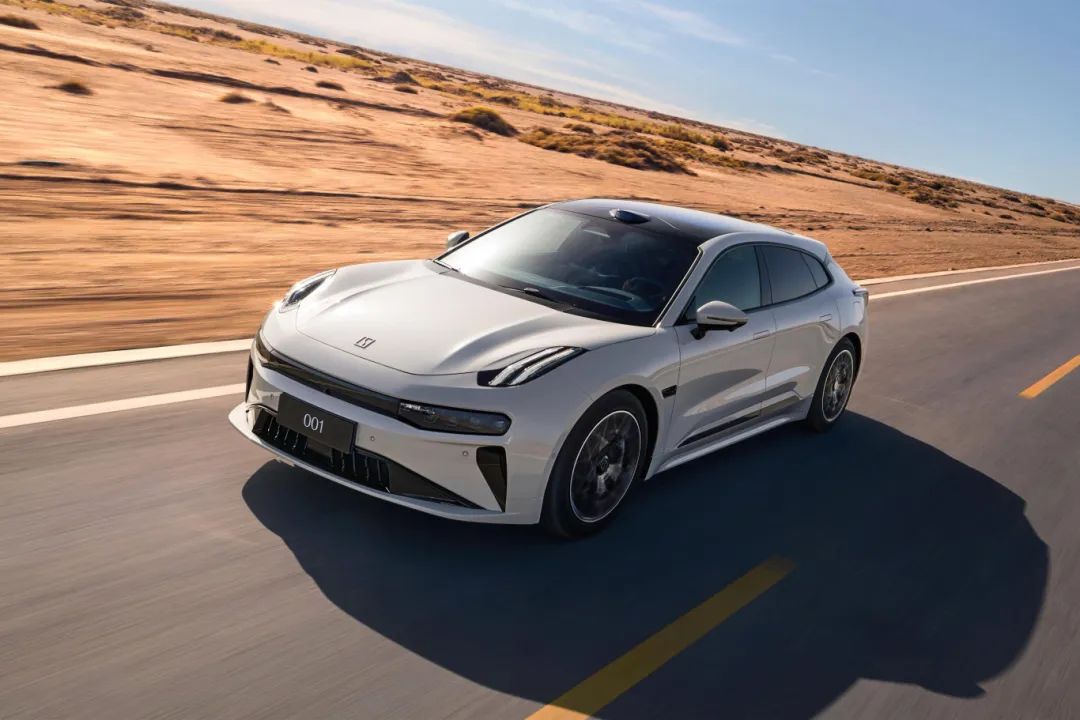
After the official launch of the Zeekr 001, from the perspective of model definition, its huge body always gives people the feeling that this car is more like a variant of an SUV. But it must be said that the Zeekr 001, which is classified by the manufacturer as a shooting brake, has indeed subtly changed consumers' perceptions. You can say that the elevated product positioning is very much in line with the previous image of wagons being too refined for the masses, but it is precisely because of this tone that potential users feel a different emotional experience than before.
Choosing the Zeekr 001 is to recognize that one's own aesthetic sense is ahead of the times. At the same time, the quality life advocated behind such models is exactly what one expects.
It is precisely this value that, regardless of whether the wagon culture is detached from the masses, in this ever-changing automotive market where young users are unwilling to fall into the past, starting with the Zeekr 001, I believe that the unique temperament that comes with wagons is far more important than so-called practicality. In other words, that inherent sense of superiority in image is what users care about.
When the NIO ET5T emerged, many people believed that it was because the price was the same as the ET5 sedan that wagons were able to flourish on NIO. They even exclaimed that those manufacturers who cannot sell wagons simply fail to understand the importance of pricing for selling good wagons. If price unification can be achieved, wagons can survive in China.
Little do they know that from past to present, affordable wagons have never been lacking. Imported wagons under Volkswagen, Volvo V60 and V90CC can all be regarded as negative examples, but what about the low-priced Skoda Octavia wagon, Baojun Valli, and Nezha S shooting brake that are still ignored? And at the 300,000 yuan price point, isn't the unsellable Genesis G70 shooting brake also an example?
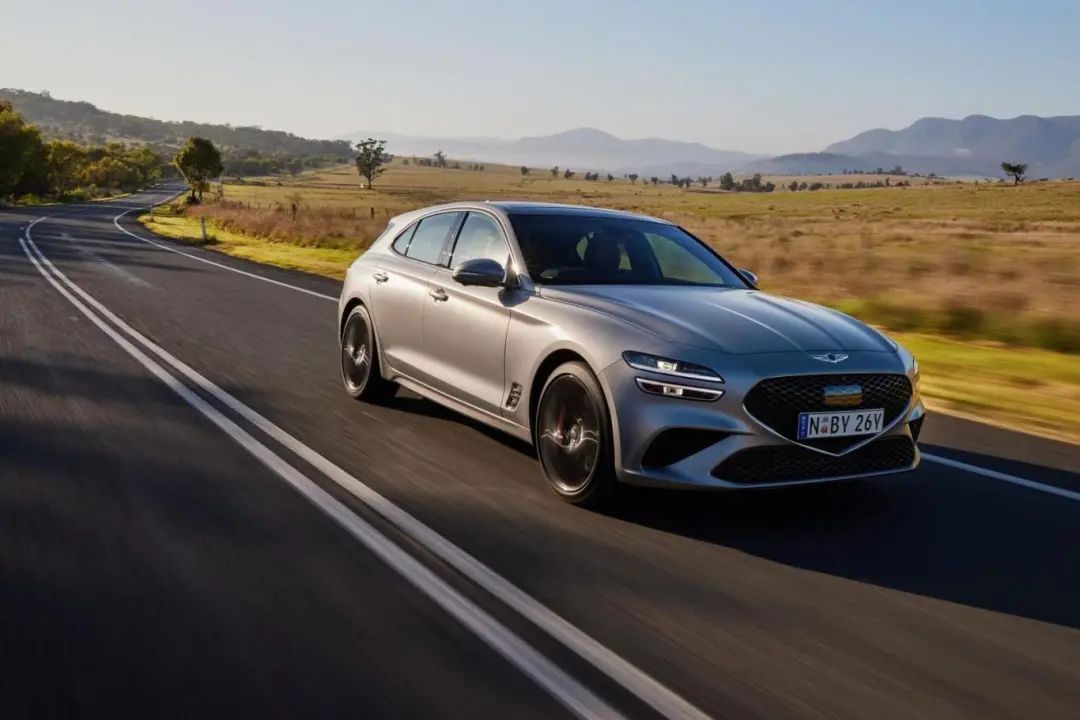
To put it bluntly, for these cars, interested users cannot feel a style that is higher than products of the same price range, and users who are not interested in wagons will turn around and choose SUVs.
Therefore, the reason why the Zeekr 001 and NIO ET5T can sell well is firstly because they come from Zeekr and NIO. Compared with similar products, their inherent brand premium and the resulting petty bourgeois image cannot be ignored. Secondly, it is the so-called product advantages of wagons (shooting brakes).
Understanding this point, when BYD Ocean decides to build a wagon, I will truly believe that the wagon market may have reached a brand-new stage of being built up and strengthened at this moment.
In terms of product strength, the Seal 06 wagon will definitely retain all the product characteristics of extreme cost-effectiveness, just like the Seal 06DM-i sedan. At the same time, the enlarged trunk space directly amplifies the single product value point of the practical interior space.
At the brand level, relying on BYD's current development trend, it is a given to win the recognition of consumers. Furthermore, the product system and design skills of the Ocean Network, which have been biased towards a younger setting since its inception, will naturally add emotional premiums similar to the Zeekr 001 and NIO ET5T to the Seal 06DM-i wagon.
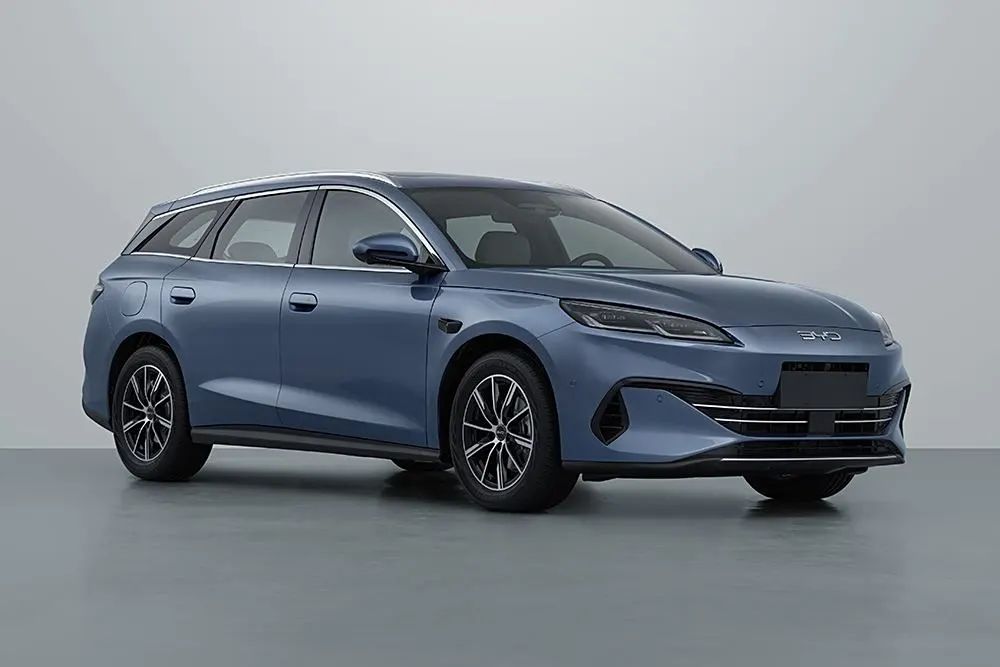
To be honest, even if the NIO ET5T has set an example for the industry in the wagon market, it is not yet the right time to talk about expanding this field. After all, in the product systems of various brands, there is still no good way to solve the internal friction between models like the NIO ET5 and ET5T, or between the Zeekr 001, Zeekr 007, Zeekr 7X, and the upcoming Zeekr 007GT.
It can only be said that for every automaker daring to try entering this market, wagons are not a model without a future, but rather one that lacks a leader skilled at crafting its story. At this moment, it is hoped that BYD, with both brand and strength, can take on this mission.
Editor-in-charge: Yang Jing, Editor: He Zengrong







